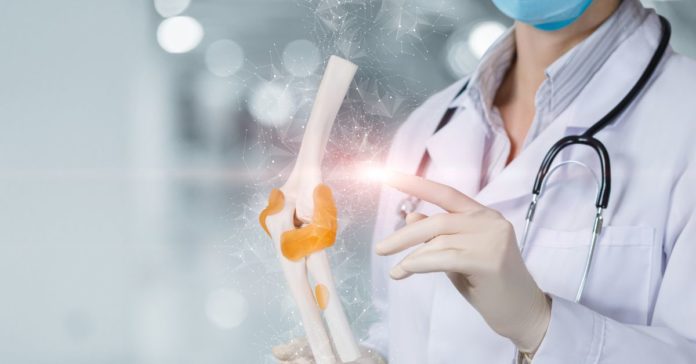Right from childhood, we are taught to maintain good posture so we don’t have posture problems in the future. While some people heed this advice, many others ignore it as being unnecessary. However, as we approach adulthood, the importance of a good posture becomes clearer to us. A good posture helps prevent back pain and also reduces harm to your joints which can be caused by constant wear and tear.
Having a bad posture now can cause problems for your joint and bone health in the future. Bad posture can put unnecessary pressure on parts of your skeleton and joints which are not designed to handle this pressure. Your posture today determines how healthy knee joints will be in the future so it is necessary to adopt good posture habits today. Some examples of bad posture which can cause problems for your joint health in the future include:
1. Hunchback
Hunchback, or Kyphosis, is a bone condition in which a person’s spine has a pronounced curvature around the upper back. While the upper back region of the spine does have a small natural curve, which allows it to supports the head and absorbs shock, Kyphosis emerges when this natural curvature is more pronounced than is normal. Hunchback of Kyphosis is common in people who spend a great part of their time with their backs unnaturally curved e.g. office workers spending most of their day bent over a computer. This posture can put you at risk of experiencing neck and back pain.
To prevent this condition from emerging, ensure you exercise as many times as possible. Examples of exercises which can help prevent this include doorway stretches, seated rows and face pulls.
2. Over-Pronated Feet
Pronation naturally occurs when the foot rolls inwards and your foot’s arch gets flattened against the floor. It helps to absorb the shock to your feet that occurs when you walk or run. Excessive pronation can, however, be harmful as it can put extreme stress on your muscles, tendons, and ligaments. It can result in weakening of the arch of your feet and cause your knees to rotate inward.
To prevent this condition, you can get orthotics. These are custom-fitted foot supports which help with correcting biomechanical problems. You should also engage in exercises which help to straighten your calves and toes.
3. Anterior Pelvic Tilt
The anterior pelvic tilt is a posture problem where a person’s hips tilt forwards, causing the stomach to protrude outwards. This posture defect is often caused by sitting in a desk for long periods of time. This can result in hip problems, lower back pain, and hamstring injuries if not treated as soon as possible.
This posture problem can be resolved by ensuring that you stretch your hip flexors as regularly as possible. Also partake in exercises aimed towards strengthening your glutes, core, and hamstrings. Other exercises that help include lunge stretches and lower back stretches. Pilates is also helpful.
If you have any complications please visit: Apollo Hospitals


















